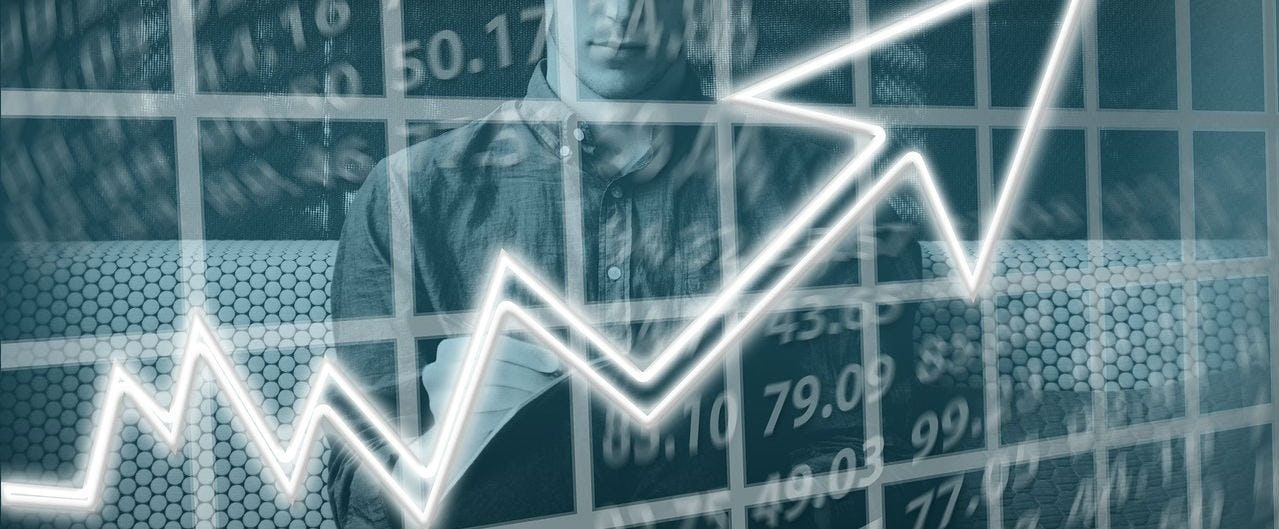A growing economy is good right?
In theory yes, but it could also mean interest rates are more likely to go up. After a long period of maintaining relatively low interest rates, rates have started to rise.
What do rising rates mean?
Rate increases often mean you end up paying more for your loans since you'll need to pay more in interest. Interest rate increases affect all types of loans that tend to be variable rate – including credit cards, student loans, and home equity lines of credit – and can add up to you paying a lot more over the lifetime of your loan.
Most credit cards have variable annual percentage rates, which means the interest rate can change depending on the prime rate (a benchmark rate used by banks to set interest rates of consumer loans). Let's say you have a balance of $15,000 on a credit card that has a 20.25 percent APR. If the Fed raises rates, the interest rate on your credit card could increase as well.
What this all means is that you'll be looking at higher monthly payments even if you haven't spent any more money on your credit card. And if you're already on a tight budget, these increases can make it harder to keep up with your monthly payments.
Should I consolidate debt if rates are rising?
If you have a number of variable-rate loans with large balances, it may be worth considering consolidation into a fixed-rate loan.
Consolidation is simply taking a new loan to pay off several other loans. Some people do this to simplify their finances because you can reduce the number of loan payments down to one. But the main reason many people consolidate is to save money on interest.
Check to see what interest rate your credit car offers. While you may like your rate today, it could go up tomorrow.
A fixed rate makes long-term planning and budgeting much easier and you'll be sheltered from future increases. Consolidating with a lower, fixed-rate loan can have a positive impact on your finances.
Why doesn't everyone use fixed-rate loans?
Fixed-rate loans tend to have higher interest rates, which is often why people end up in variable rate options. But variable rates can go up.
If you already have a variable loan, it can cost money to move your loan balance to a fixed-rate option. Personal loans often charge origination fees and many home equity loans charge closing costs. Some loans may even charge an annual service fee for the duration of your loan.
What loan is right for me?
While fixed-rate loans often look pricier than variable-rate loans at the beginning, the long-term view can change quickly in a rising rate environment. Rate increases can do some major damage to your budget as monthly payments change, and if you find yourself falling behind on your increased payments, they can negatively impact your credit score too.
A fixed-rate loan, on the other hand, can reduces stress since payments are predictable and steady.
When considering a loan – whether it’s for a home improvement project or debt consolidation – it's important to consider where interest rates are expected to go, how long you are planning to take to pay off your loans, and what the total costs will be inclusive of any fees that are being charged.
Figure's Home Equity Line is a low, fixed-rate loan1navigates to numbered disclaimer that you can apply for in as little as five minutes and get funding in just five days2navigates to numbered disclaimer. There is only a single origination fee, which ranges from 0 to 4.99 percent3navigates to numbered disclaimer, depending on the state in which your property is located. If you’re considering a personal loan, but you own your home, you may want to consider us.
